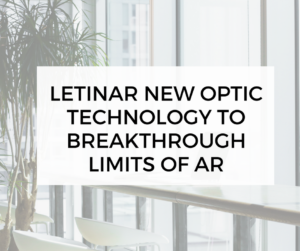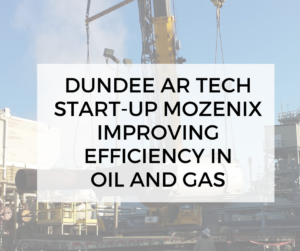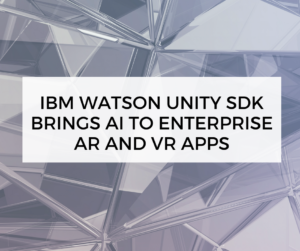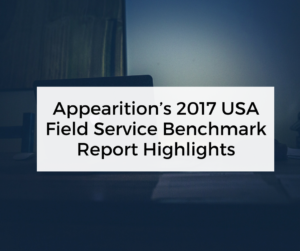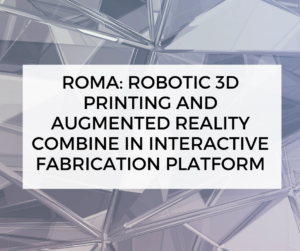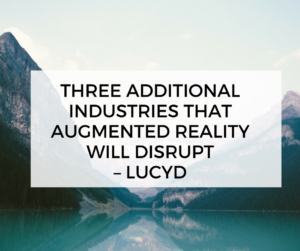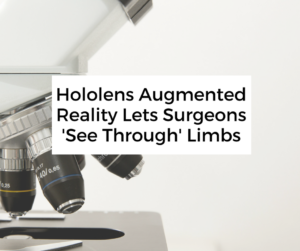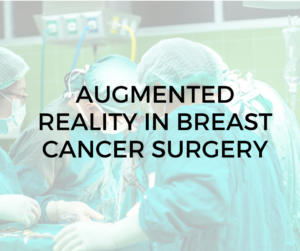Strategy, Technology, and Operations in ‘The Symphonic Enterprise’
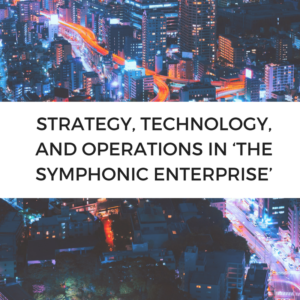
A few of the trends featured in the report include:
- No-collar workforce – humans and machines working together as equals.
- Digital reality – the next phase in the Augmented and Virtual Reality revolution.
- The new core – how core systems are driving digital convergence and destroying traditional boundaries of operation.
- Blockchain – Blockchain is moving from exploration into production scenarios, driven by increased adoption and advanced use cases.
This year’s theme of ‘the symphonic enterprise’ is focused on; this encompasses strategy, technology, and operations working together across domains. Also included in the report is the ‘Exponential Technology Watch List’, which discusses strategies for innovation ideas that may not manifest for five years or more in addition to the longer-term tech trends artificial intelligence and quantum encryption.
Bill Briggs, Chief Technology Officer and Principal at Deloitte Consulting LLP, is quoted to have said that many organisations ahead of the game are approaching disruptive change in relation to strategy. They are thinking more about use cases, deployment, and exploration more holistically, and how various disruptive technologies can join to fuel meaningful impact in the enterprise.
Briggs is also quoted to have said that traditional boundaries of organisation and technical scope is being transcended. New tech trends are enabling problems to be solved in a new way and for business opportunities to be uncovered.
